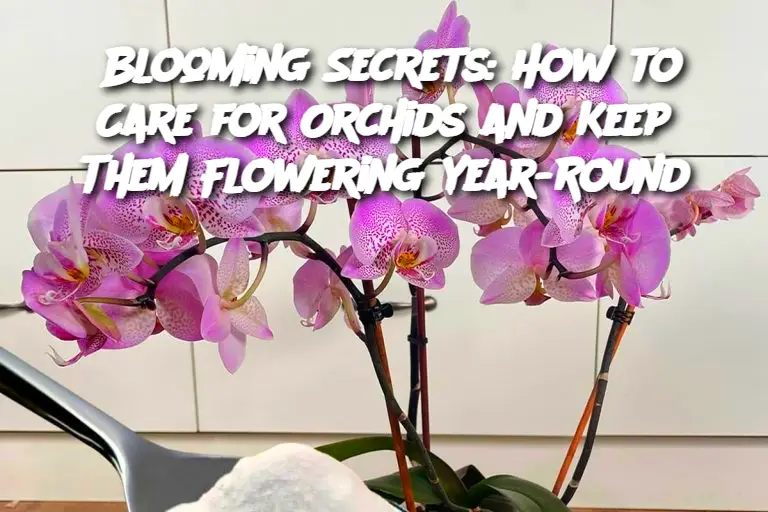Introduction
Orchids are one of the most stunning and elegant plants to grace a home, but they’re often misunderstood as being high-maintenance or temperamental. The truth is, with the right care, orchids can bloom abundantly and thrive all year long. Whether you’re a seasoned green thumb or a beginner, this guide will help you unlock the florist’s secret to beautiful, long-lasting orchid blooms.
Ingredients:
Healthy Orchid Plant: Choose a species suitable for indoor care, such as Phalaenopsis (Moth Orchid).
Orchid-Specific Potting Mix: Typically made of bark, sphagnum moss, or coconut husk.
Orchid Fertilizer: Balanced fertilizer, such as 20-20-20, diluted to half strength.
Filtered Water or Rainwater: Orchids are sensitive to minerals in tap water.
Humidity Tray: Optional, for maintaining optimal moisture levels.
Orchid Pot: A pot with good drainage and ventilation.
Directions:
Positioning: Place your orchid in bright, indirect light. Avoid direct sunlight, which can scorch the leaves. A windowsill with sheer curtains works well.
Watering: Water thoroughly when the potting mix is dry to the touch, usually once a week. Avoid letting the roots sit in standing water.
Humidity: Orchids thrive in humidity levels of 50-70%. Use a humidity tray or mist the plant lightly in drier climates.
Feeding: Fertilize your orchid every two weeks during the growing season (spring and summer) and reduce feeding in the fall and winter.
Pruning: After the blooms fade, trim the flower spike just above a node to encourage new blooms.
Repotting: Repot orchids every 1-2 years or when the potting mix breaks down. This ensures the roots stay healthy and the plant can access fresh nutrients.
Serving and Storage Tips:
Displaying Orchids: Use decorative pots or cachepots to showcase your orchid.
Monitoring Health: Regularly check for signs of pests, root rot, or wilting leaves. Address issues promptly to ensure a long blooming cycle.
Variations:
